There are tons of self-help books by Indian as well as International authors, but many of them dish out gyaan leaving the reader confused about the application of the tips mentioned in the book. I am sure you could easily co-relate to that ‘Never judge a book by its cover‘ scenario where the book cover looked interesting but the contents of the book were not so engaging leading to less takeaway from it 🙁
As a 90’s kid I really enjoyed the mythological series of Ramayana and Mahabharata though it was only meant for entertainment purpose. My thoughts towards Ramayana & application of learnings from it changed after I read [as well as reviewed] Shubha Vilas’s book Ramayana : The Game of Life: Shattered Dreams and Ramayana : The Game of Life: Rise of the Sun Prince. The books had stories on Ramayana with learnings that can be applied in today’s life!
Today we review another book Open-Eyed Meditations by the noted author Subha Vilas. The tag line of the book is ‘Practical Wisdom for everyday life‘
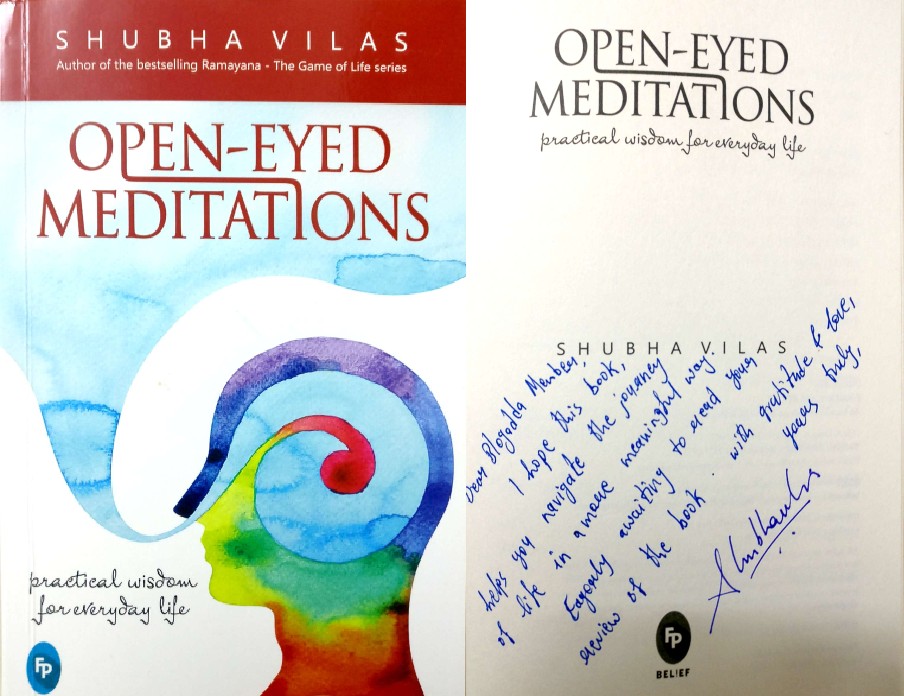
About the Author
Shubha Vilas holds a degree in engineering and law with specialization in patent law. But in essence, he is an author, a motivational speaker, lifestyle coach, and a storyteller par excellence. You can find more about him here
Detailed Review
Open-eyed Meditations is a beautiful compilation of thoughts wherein each meditation takes you on a journey to the past, bringing a secret herb to heal a problem of the present. Similar to the previous books penned by Shubha Vilas, this book also uses the wisdom of the Ramayana and the Mahabharata to solve your everyday problems!
Considering that there is so much stress in everyone’s life, one option to find peace and solace is mediation. As it is known that meditation should be done with your eyes closed but this book spells the other side of meditation that can be practiced with ‘open eyes’ and ‘open mind’. The book comprises of 64 chapters and each chapter follows a unique approach to help us address questions and issues that we have in our life, through the aid of short snippets quoting examples and behaviors from the Ramayana & Mahabharata.
Though the book comprises of 64 chapters, every chapter is kept short [keeping the crux intact] and language used for narration is simple. The reader need not be aware of the characters in the mythological series and this where lies the beauty of the book! Whether you are facing issues at your workplace, going through a turmoil in your relationship, facing problems with decision making or want to enhance your leadership skills; this book offers valuable nuggets of wisdom and action point resources to deal with it all. An ideal way to read the book is to look the Contents/Index and select a chapter that might be able to potentially address your concern.
Shubha Vilas retains his traditional writing style where he ends each chapter with a summary [or helpful tips to be more precise] that can be used in our day-to-day lives. The book is written in a very simplistic and contemporary manner, which keeps the interest alive!
Key Takeaways
Each and every page has some learning in it and that is the key highlight of the book. Below are some of the chapters that we enjoyed reading the most [Note : Choices might vary from reader to reader]
- Chapter 3 – Do all problems have quick fix solutions?
- Chapter 4 – Why don’t I make the right decisions in life?
- Chapter 5 – Spirituality @ Workplace
- Chapter 10 – Can your talent be your enemy?
- Chapter 12 – A formula to re-brand your mind
- Chapter 14 – Who controls my opinions and decisions
- Chapter 17 – Are you programmed to be someone else?
- Chapter 18 – From Information to transformation
- Chapter 21 – Is lack of focus a disease or a choice
- Chapter 22 – An idea to prevent hacking of ideas
- Chapter 27 – The investment that returns hearts
- Chapter 29 – Can your success be your failure?
- Chapter 37 – The science of how to let go
- Chapter 40 – A compliant against complaining
- Chapter 42 – Art of leading leaders
- Chapter 43 – Seven secrets of innovation
- Chapter 45 – Indivisible leadership
- Chapter 50 – Do ‘Likes’ make my life?
- Chapter 53 – Leading through mistakes
- Chapter 54 – Leading without a title
- Chapter 55 – Making leadership last
- Chapter 59 – X factor influencing success
- Chapter 62 – Constructive thoughts about team building
Some of the notable excerpts from the book are mentioned below
Competition : Compete with yourself not others. Competition with self improves performance and causes no heartburn either. Further comparing yourself with others undermines your uniqueness. Gratitude for our individuality can reduce self-destructive habit of comparison. Unlike flattery, appreciation requires skills and comes from the heart.
People : People want to deal with others’ strengths and not weakness; their abilities and not idiosyncrasies. Rather than rejecting a person due to this bad side, the need is to provide emphatic assistance in dealing with the shortcomings.
Being positive : Talented people with negative attitudes are unable to cope with the ups and downs of life. Right attitude helps to move on in life. Relationships too wither away without the right attitude
Re-brand your mind : Human mind, thoughts, beliefs, values, culture, all operate through symbolism. We have bandwidth to upgrade our symbols and climb up a higher rung of the value system. We could also end up downgrading our symbols to an abyss of negativeness and anxieties.
We can choose a symbol that inspires or choose one that revives bad memories and creates self destruction.
Embrace my embarrassments : We all have embarrassments that we want to run away from. One perspective is to look at them as God’s way of keeping us grounded amid success. The secret is to handle embarrassments with dignity and humility, which is also how we should handle success.
Art of leading Leaders : The first step in leadership training is to find and hone potential leaders at the earliest. Then, shortlist them based on their ability to deal with sticky situations and take personal interest in guiding and developing young leaders, to focus their efforts on upgrading what they have.
Leadership training model can resemble Kangaroo-type, that gives protection in safe havens, or Bird-type, which gives strength to find wings.
Leading though mistakes : Leaders make mistakes too. After the mistake is made, ineffective leaders look for a scapegoat to put the blame on. By taking responsibility, a leader allows himself that scope of error.
A thinking leader considers mistakes as an opportunity. To lament for one’s mistake is important, but far more important is to learn from that mistake.
Leading without a Title : A leader wanting the support of a heavy title is bound to fail. The title can be used either to inspire or terrorize, depending on whether he wants to control his followers or make his followers achievers.
Leaders, who heavily depend on titles, bask in glory during the happy times and hide themselves during hostile times. Title-less leaders come out during challenging times and hide themselves during happy times. For a title-less leader what is more important is performance. A position is only a decoration and when push comes to shove what matters is performance.
Closing Thoughts
Open-Eyed Meditations is a book for all moods and all seasons. 64 chapters are covered over 280 pages and this is where lies the beauty of the book i.e. learnings are conveyed in a short yet effective manner.
It is a book that can be read again and again since it reveals many profound thoughts that can nurture a different aspect of your life. As mentioned by Shubha Vilas in the introduction section of Open-Eyed Meditations
Read this book the way a cow eats grass while ruminating. Chew on every word carefully till you have milky lucidity that nourishes every aspect of your life. This book will help you learn the art of meditating with your eyes wide open as you keenly observe the world around you and allow it to enlighten you.
It definitely stands by that promise since each chapter delivers a powerful learning. In a nutshell, Open-eyed meditations is a book of thoughtful sutras that can become life sutras.
You can purchase Open-Eyed Meditations by Shubha Vilas by clicking on the link below
This review is a part of the Book Reviews Program at BlogAdda.com. Participate now to get free books!


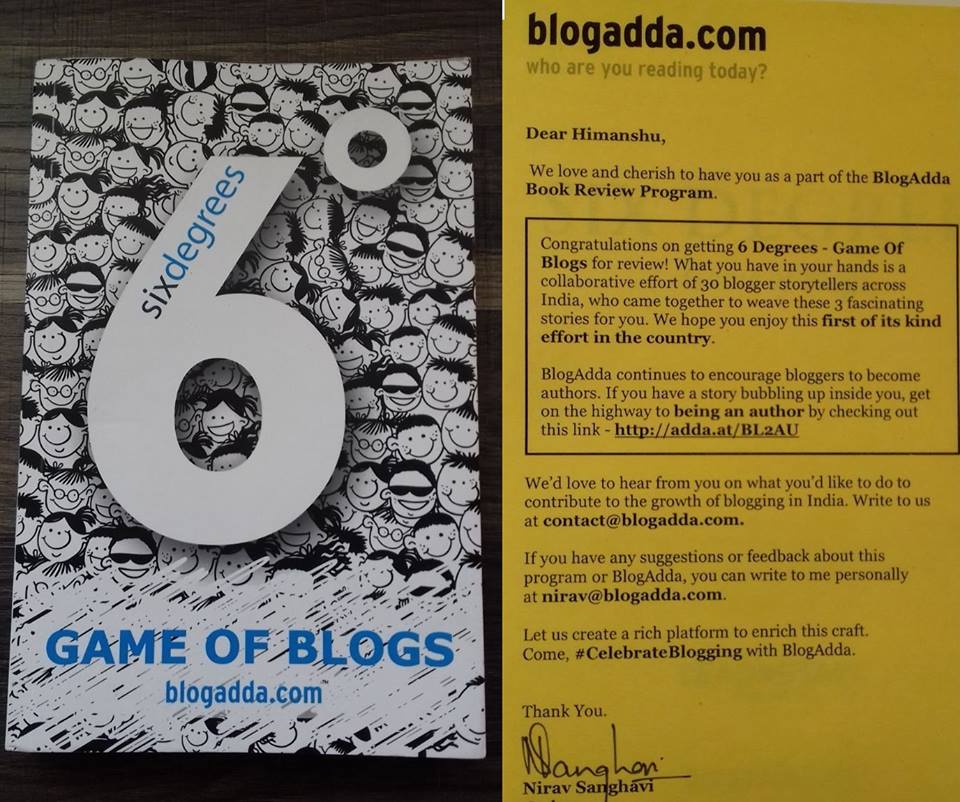
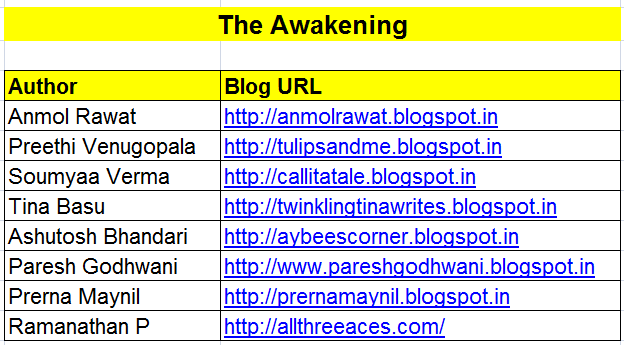
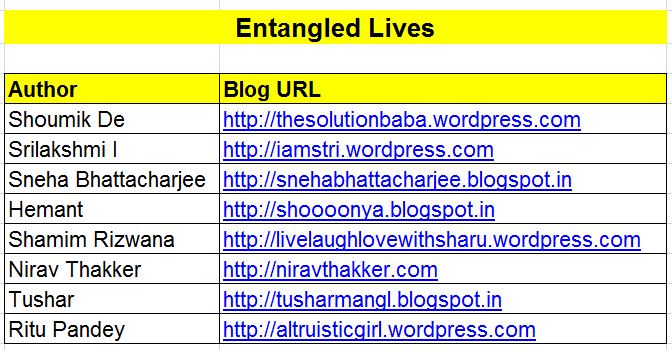
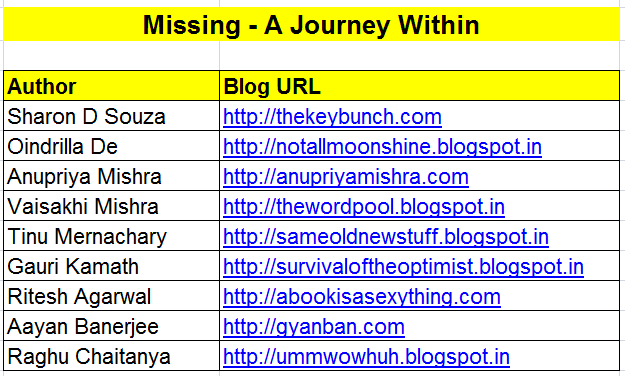
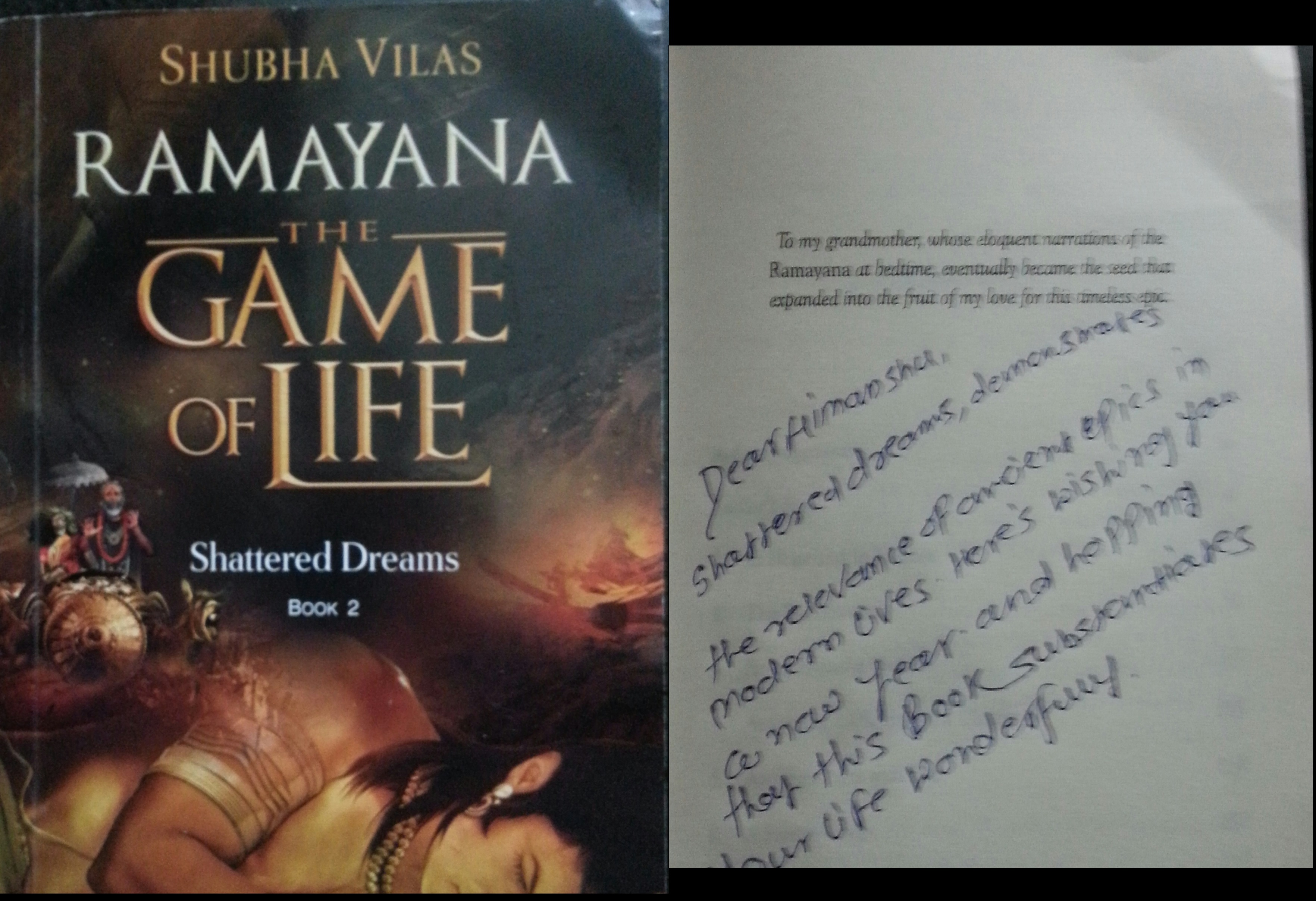
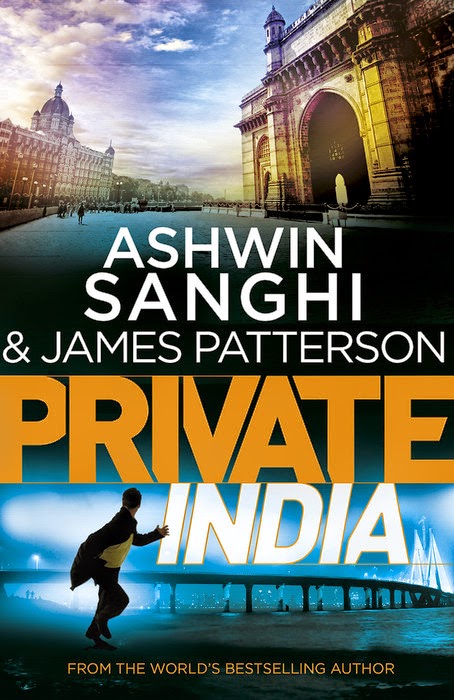

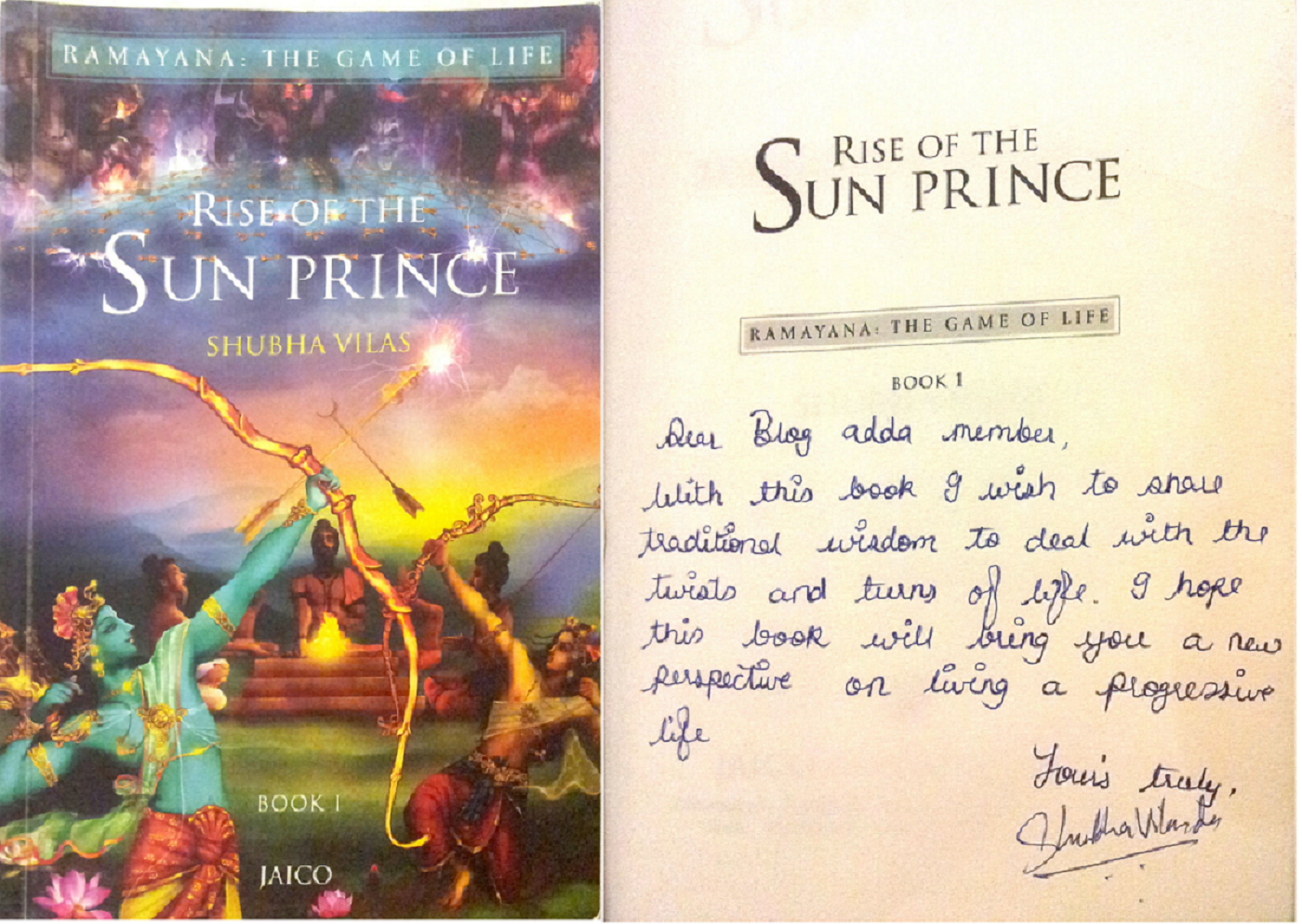
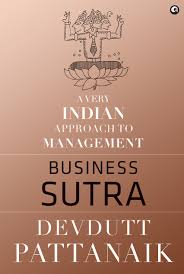
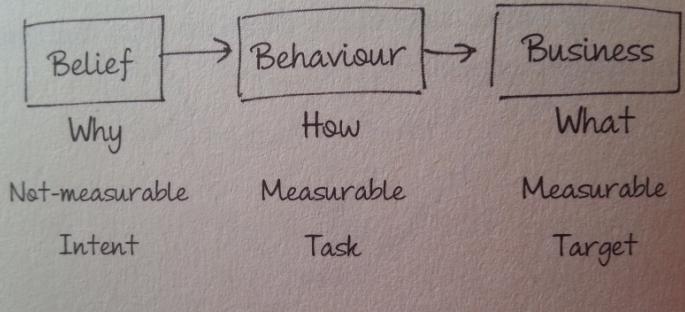

 There is no dearth of chat cum audio/video applications namely Nimbuzz, TalkBox, WhatsApp with
There is no dearth of chat cum audio/video applications namely Nimbuzz, TalkBox, WhatsApp with  The author “Vasundhara Ramanujan” takes us through the turbulent journey of her fifteen year son, Adtitya who is diagnosed with kidney failure & how he fights his way through the disease with the continuous support from his mother and his family.
The author “Vasundhara Ramanujan” takes us through the turbulent journey of her fifteen year son, Adtitya who is diagnosed with kidney failure & how he fights his way through the disease with the continuous support from his mother and his family.